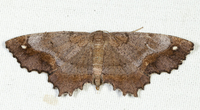
| Recorded by: Mark Basinger on 2025-10-04
Rowan Co.
Comment: | 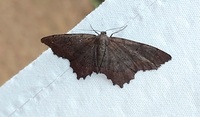
| Recorded by: Mark Basinger on 2025-09-09
Wilson Co.
Comment: |
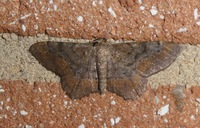
| Recorded by: Simpson Eason on 2025-09-08
Durham Co.
Comment: | 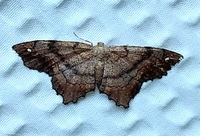
| Recorded by: Mark Basinger on 2025-09-02
Rowan Co.
Comment: |

| Recorded by: Dean Furbish and Joy Wiggins on 2025-09-02
Wake Co.
Comment: | 
| Recorded by: Simpson Eason on 2025-09-01
Durham Co.
Comment: |

| Recorded by: Allison Garton on 2025-08-29
Moore Co.
Comment: | 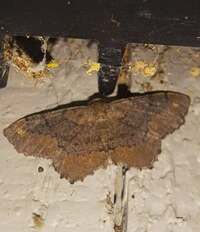
| Recorded by: Allison Garton on 2025-08-28
Moore Co.
Comment: |
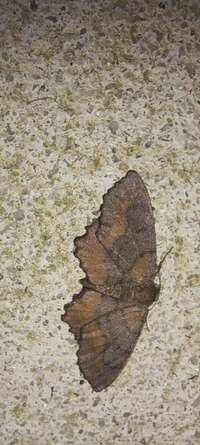
| Recorded by: Allison Garton on 2025-08-28
Moore Co.
Comment: | 
| Recorded by: Mark Basinger on 2025-08-27
Wilson Co.
Comment: |

| Recorded by: Dean Furbish on 2025-08-25
Wake Co.
Comment: | 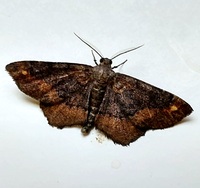
| Recorded by: Mark Basinger on 2025-08-23
Brunswick Co.
Comment: |
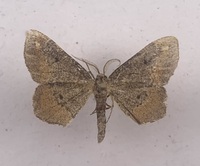
| Recorded by: R. Teper, David George, P. Coin, K. Bischof on 2025-08-16
Transylvania Co.
Comment: | 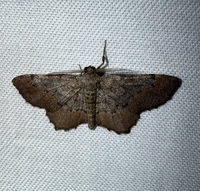
| Recorded by: Marilyn Westphal on 2025-08-09
Henderson Co.
Comment: |

| Recorded by: David George, Dale Morgan, Patrick Coin, Julie Tuttle, Becky Watkins, et al. on 2025-07-26
Orange Co.
Comment: | 
| Recorded by: Mark Basinger on 2025-07-26
Wilson Co.
Comment: |
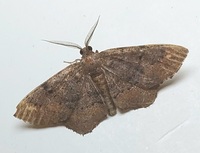
| Recorded by: Mark Basinger on 2025-07-22
Brunswick Co.
Comment: | 
| Recorded by: Ken Kneidel on 2025-07-20
Mecklenburg Co.
Comment: |
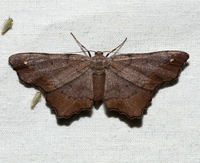
| Recorded by: David George, Jeff Niznik, Rob Van Epps, Kevin Metcalf on 2025-07-20
Richmond Co.
Comment: | 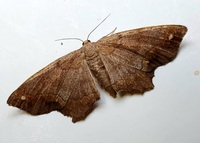
| Recorded by: Mark Basinger on 2025-07-13
Rowan Co.
Comment: |
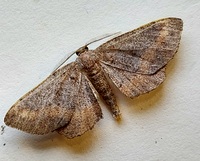
| Recorded by: Mark Basinger on 2025-07-05
Wilson Co.
Comment: | 
| Recorded by: Dean Furbish on 2025-07-04
Wake Co.
Comment: |
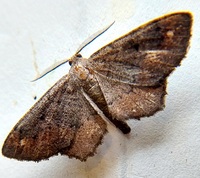
| Recorded by: Mark Basinger on 2025-06-19
Brunswick Co.
Comment: | 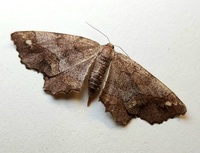
| Recorded by: Mark Basinger on 2025-05-25
Wilson Co.
Comment: |
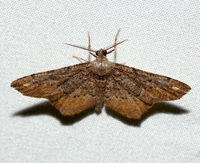
| Recorded by: David George, Jeff Niznik on 2025-05-24
Richmond Co.
Comment: | 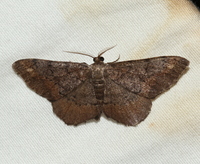
| Recorded by: David George, Jeff Niznik on 2025-05-24
Richmond Co.
Comment: |

| Recorded by: Jim Petranka and Becky Elkin on 2025-05-23
Richmond Co.
Comment: | 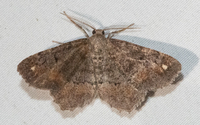
| Recorded by: Emily Stanley on 2025-05-20
Buncombe Co.
Comment: |
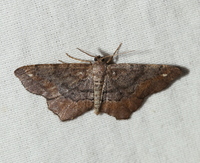
| Recorded by: David George on 2025-05-17
Durham Co.
Comment: | 
| Recorded by: Mark Basinger on 2025-05-15
Brunswick Co.
Comment: |
|

 »
»

